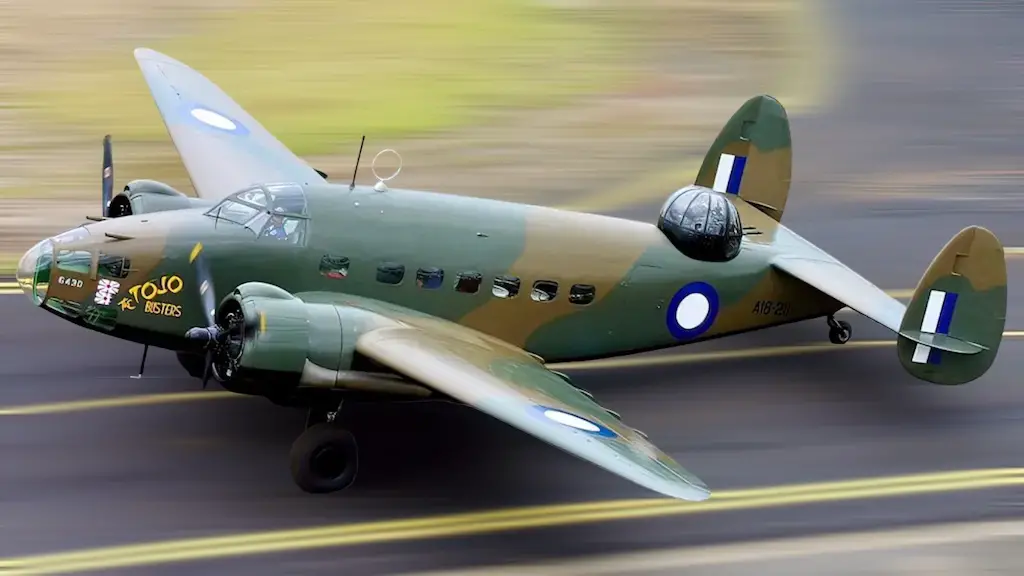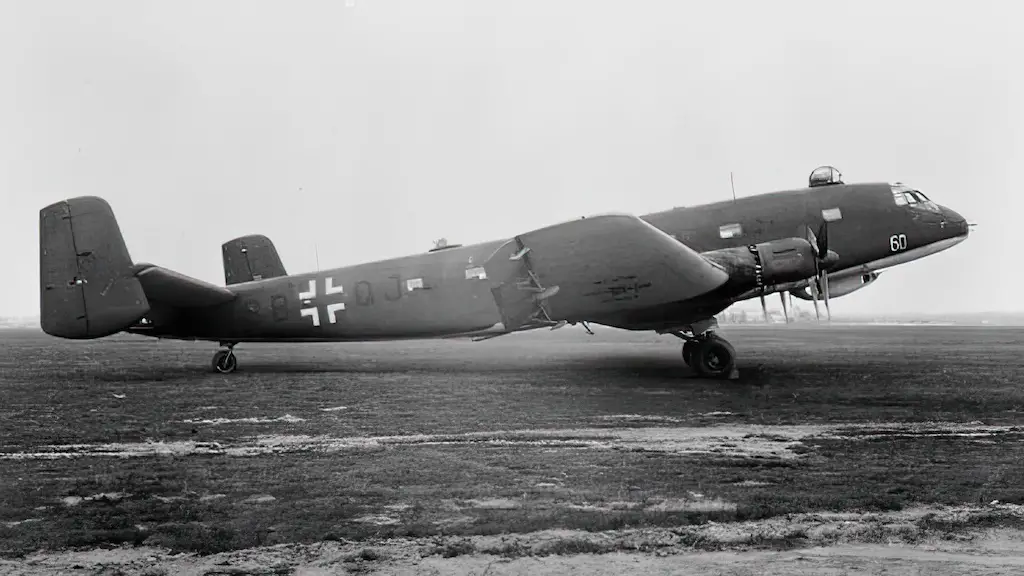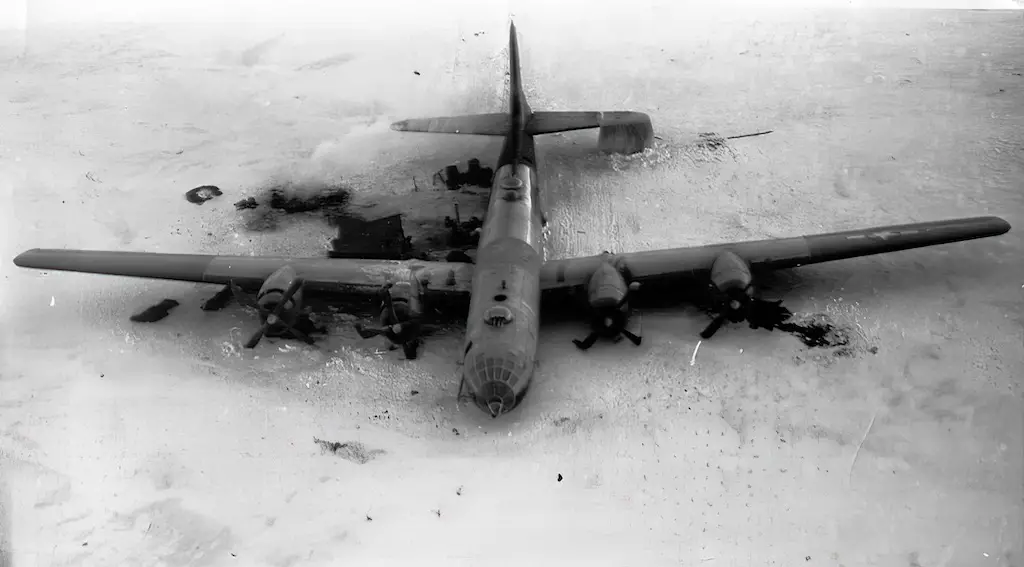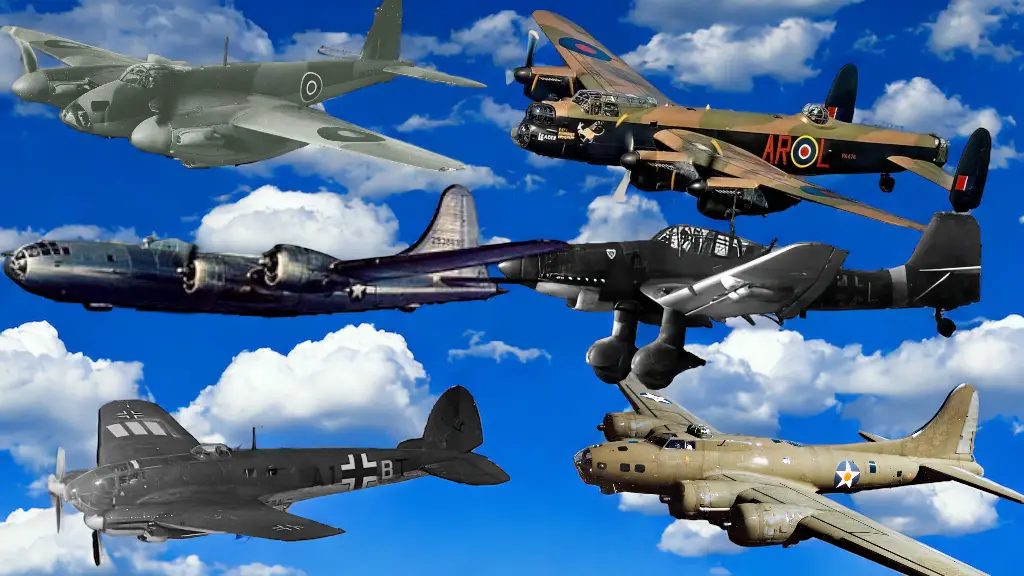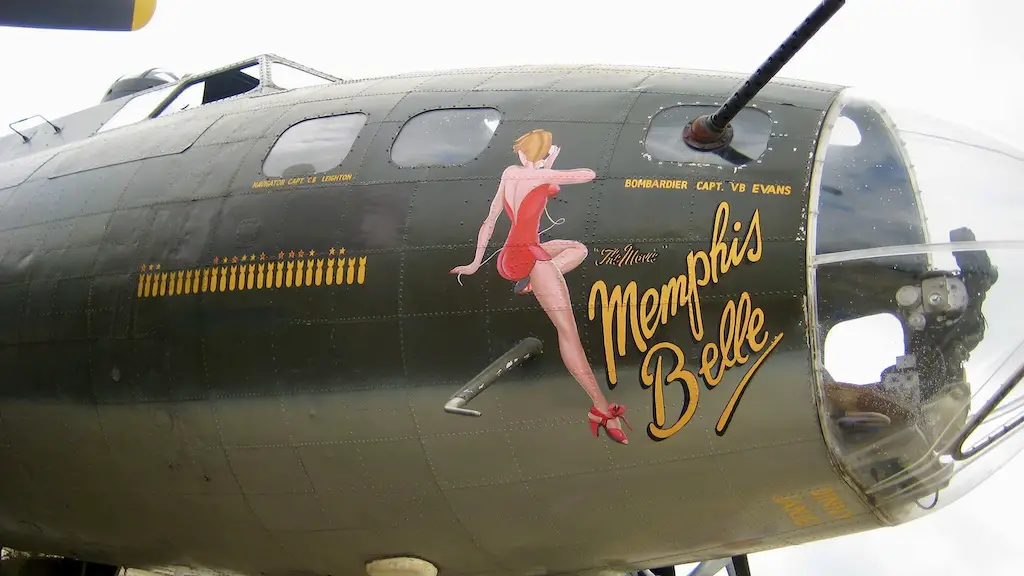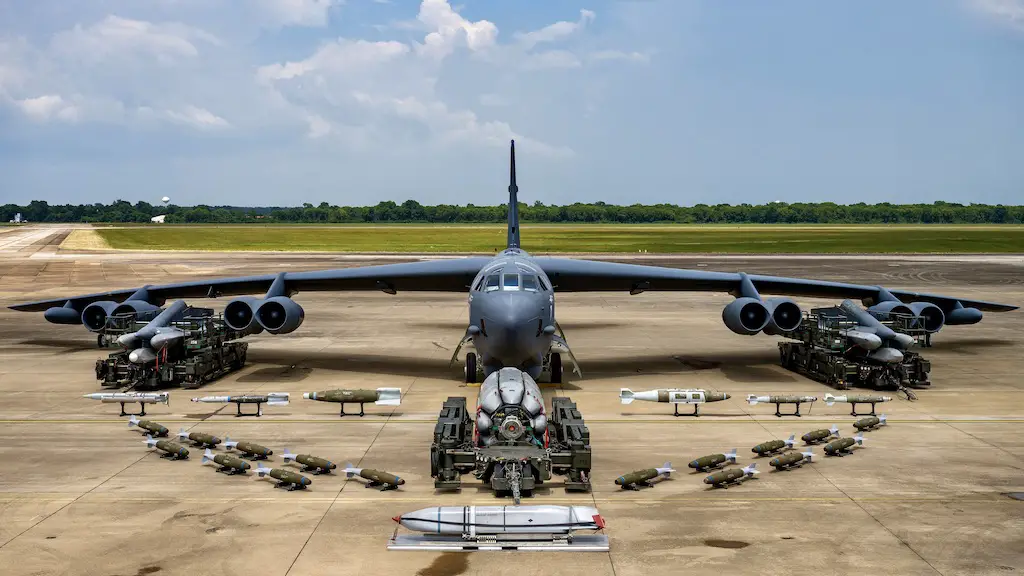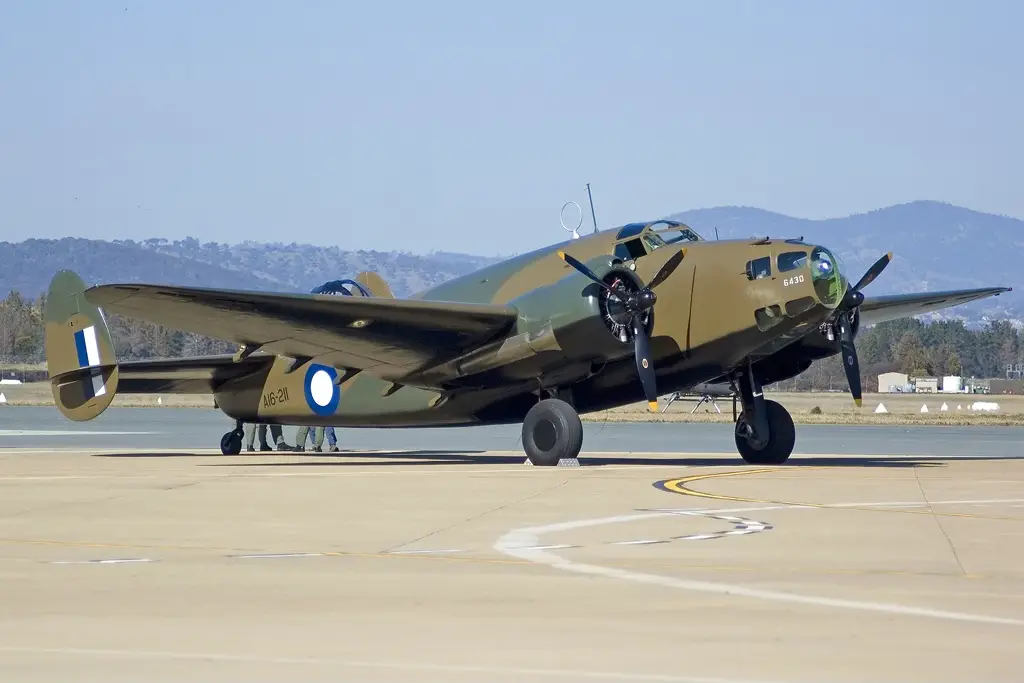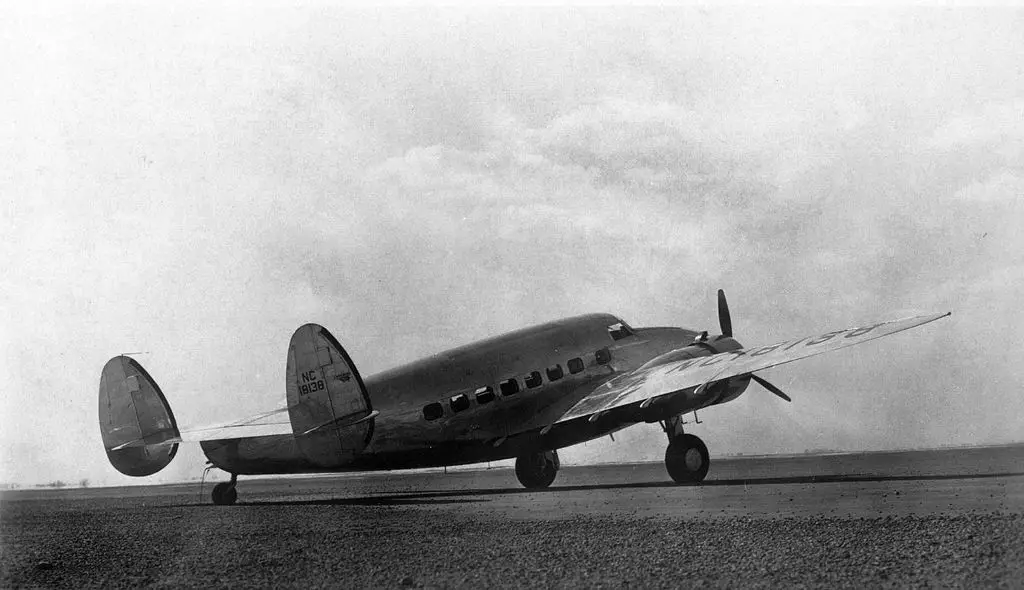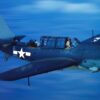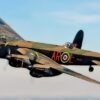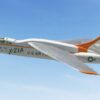The Hudson
In June 1938, the Royal Air Force (RAF) placed an order for the Lockheed Hudson. This aircraft was a military adaptation of the American Lockheed 14 Super Electra airliner. The American manufacturer Lockheed Corporation produced the twin-engined light bomber and coastal reconnaissance aircraft in the late 1930s. In 1939, Hudsons were put into service by Coastal Command. They were also used overseas and over British territorial waters for anti-submarine and general reconnaissance missions.
During World War II, the Royal Air Force and other Allied air forces used it in transport roles delivering agents into occupied France. It was prominent for its speed, range, and versatility. The aircraft primarily served in the Mediterranean, North Africa, the Atlantic. All this whilst playing a significant role in the early years of the war, remaining a powerful aircraft in aviation history.
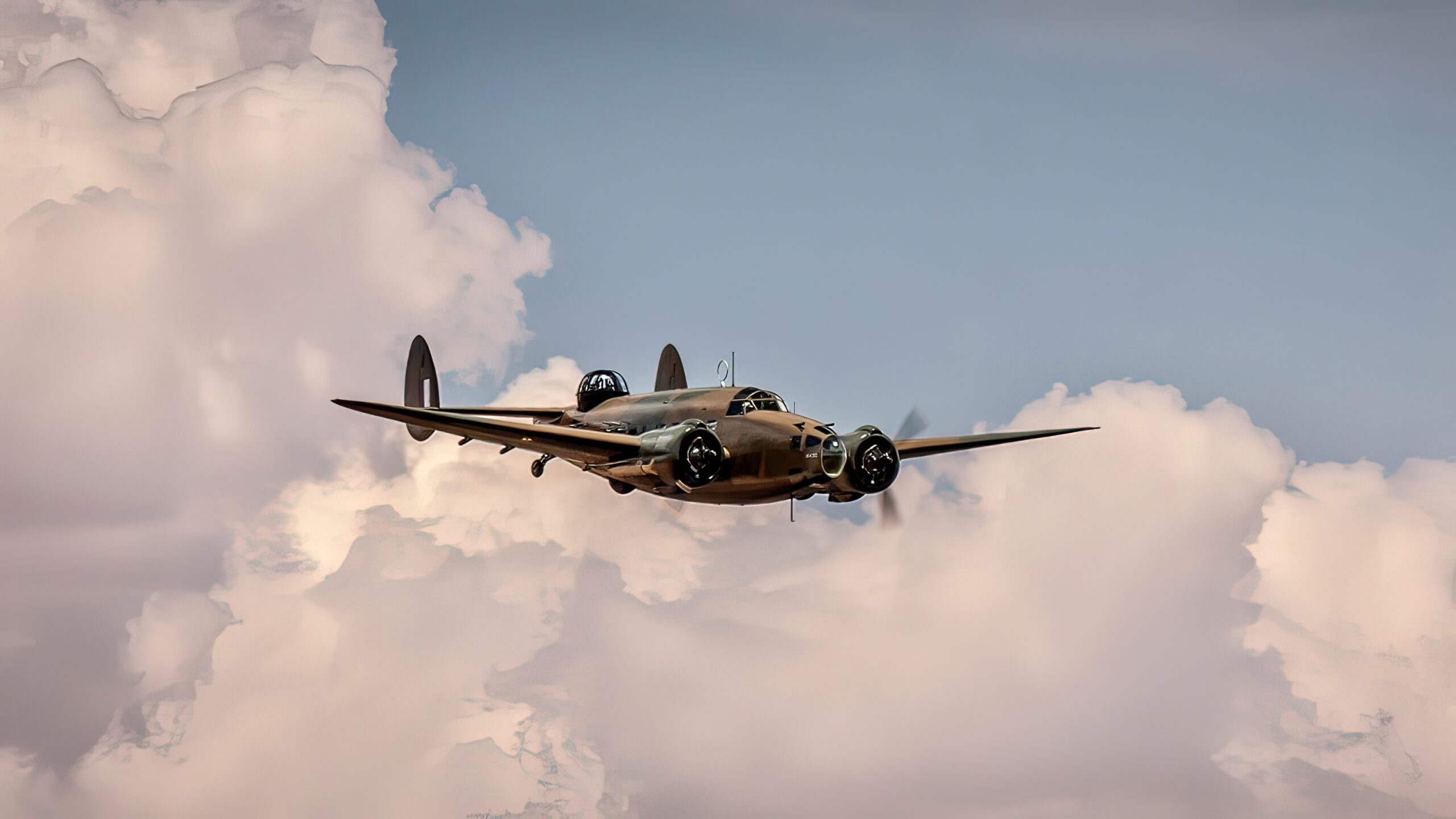
From Maritime Patrol to War Hero
The Lockheed Model 14 Super Electra, a civilian transport aircraft, served as the basis for the design of the Lockheed Hudson. It was modified to include a nose turret, bomb bay, and bigger fuel tanks. The Royal Air Force received its first Hudsons in 1939, soon establishing them as versatile and efficient aircraft. The Hudson underwent several improvements and alterations throughout the conflict including the installation of radar and more potent engines. Later aircraft models also had bombsights and gunsights, which increased their combat potency.
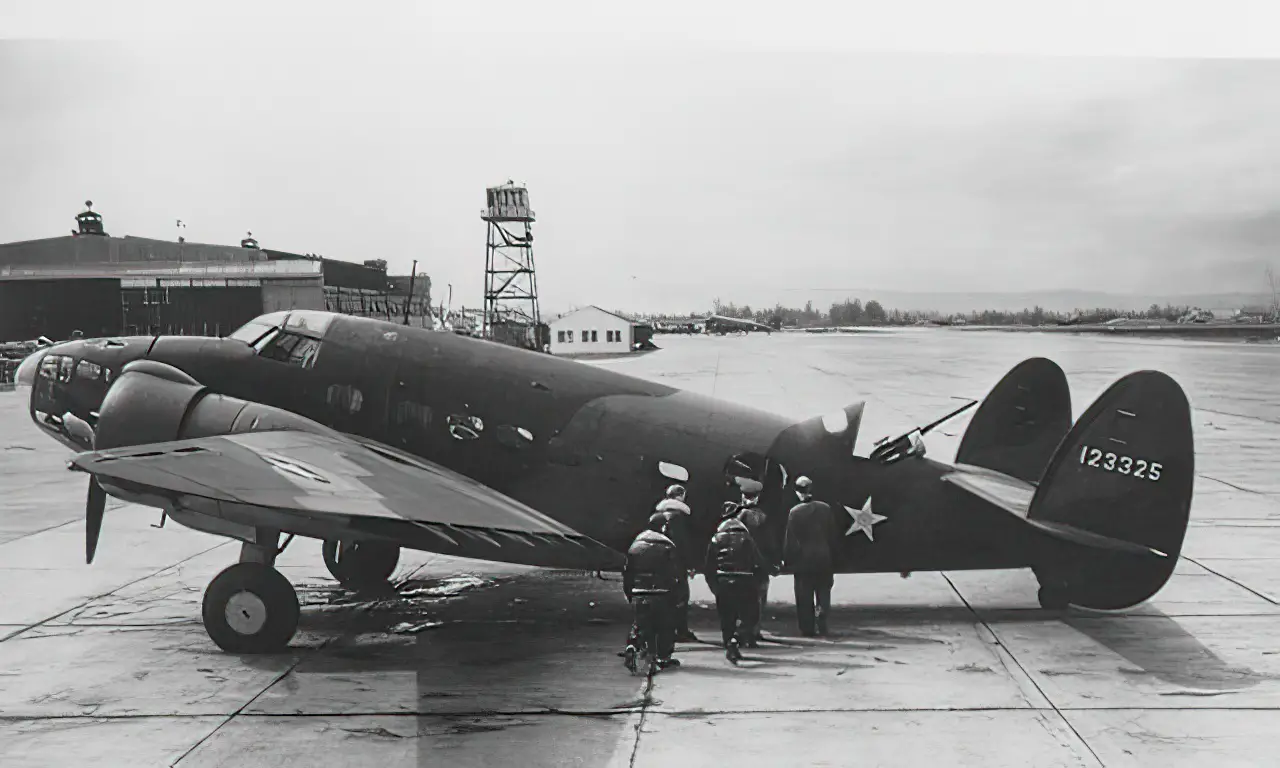
Challenges and Modifications of Lockheed Hudson Training Units
Being a training unit, Hudsons frequently had difficult landings. The main undercarriage leg’s top was permanently attached to the side of the fuel tank, which was permanently integrated into the wing’s framework. The heavy rivets that held the brackets in place gradually deteriorated. They were no longer secure enough to stop a tiny trickle of high-octane fuel from leaking. Being so close to the hot engines, this might be fatal. The tanks had to be cleaned out and de-fumed.
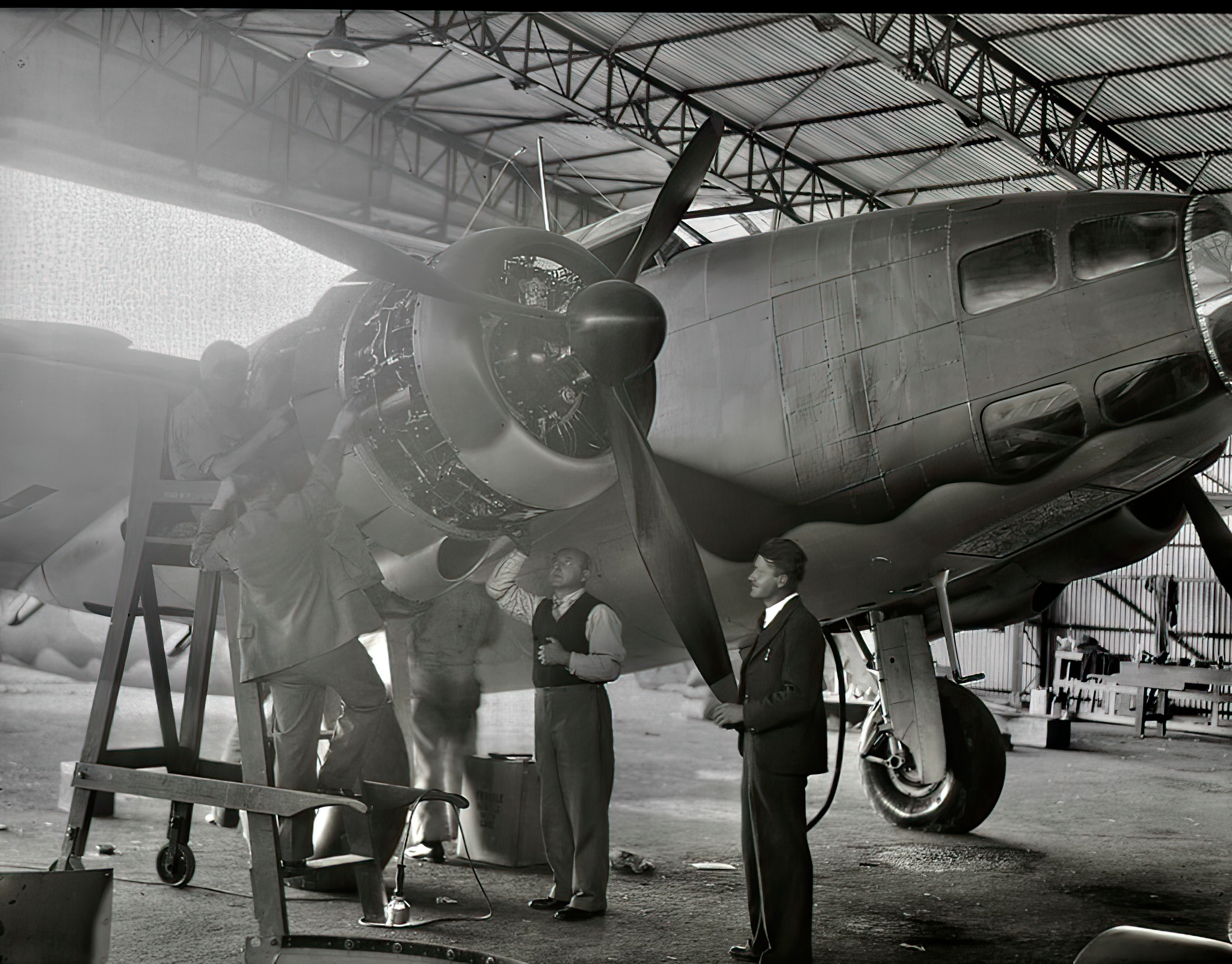
Additionally, access panels on top of the wing had to be removed to gain access to the internal wall where the issue existed. After careful consideration some of the rivets were switched out for bolts. Any remaining ones were removed and changed to a new kind. All Hudson’s were treated equally, and all pilots were instructed to report any heavy landings so that the undercarriage could be inspected. This fixed the issue.
Another issue was that a sturdy aluminum girder was installed between the two bomb bay bulkheads so that the bomb doors would close entirely upon it. Nothing could stop something from sinking quickly if it hit the water with great force. Still, the feedback suggested that the modifications were somewhat successful.
The Story of the Lockheed Hudson Rescue
A group of British sailors was torpedoed by a German U-boat during World War II, leaving them abandoned in the middle of the Atlantic Ocean. They crowded together on a small life raft, hoping for a miracle to happen as they could not be saved.
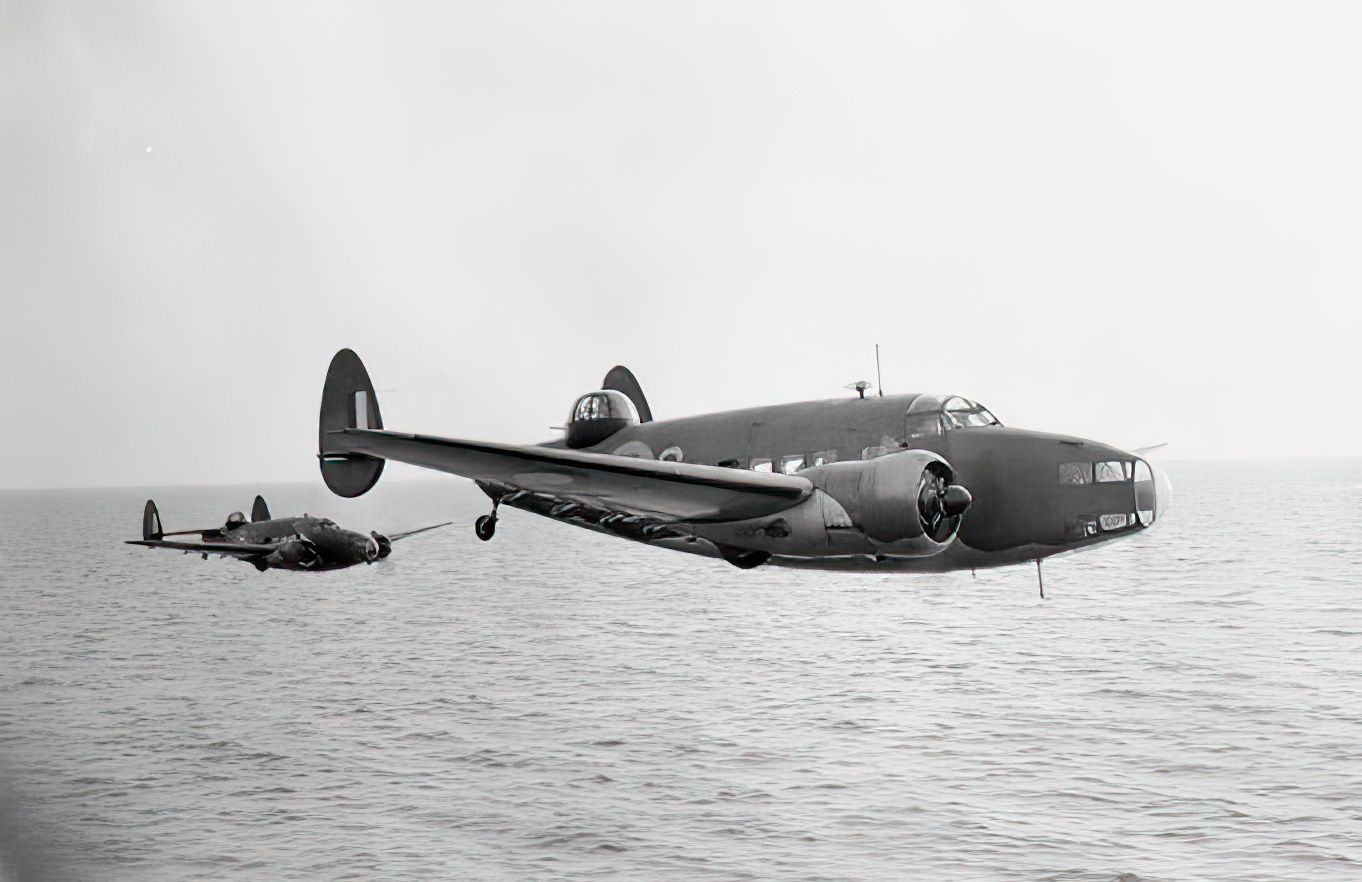
The manifestation of that miracle was a Lockheed Hudson jet that appeared out of the mist. When Hudson’s crew spotted the sailors, they quickly made a water landing, hoisting the men aboard. It was a time of gratitude and realization for the sailors. They understood that they would have been lost at sea if it weren’t for the courage and professionalism of the Hudson crew. As for the staff of the Hudson, it was just another day in the life of an airplane that had come to represent hope and salvation for countless sailors and airmen.

